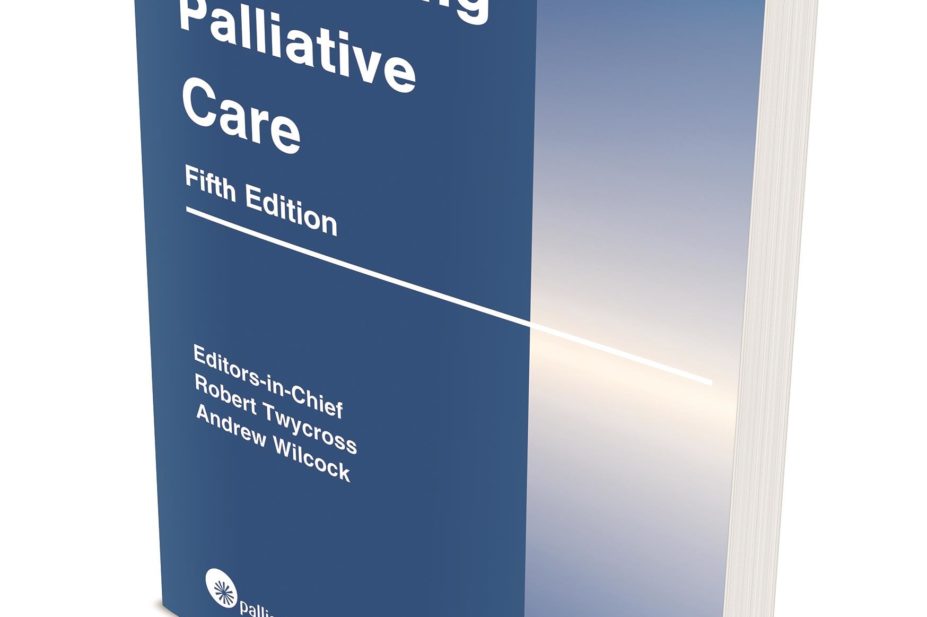
Introducing palliative care is a well established holistic and multimodal introductory reference text aimed at healthcare professionals, including pharmacists, who are involved in the provision of specialist or generalist palliative and supportive care or who wish to learn about it.
This fifth edition (IPC5) is the first collaborative venture between the palliativedrugs.com editorial team (including its palliative care pharmacist, Sarah Charlesworth) and a board of eight medical contributors.
IPC5 is a primer of palliative care which is more comprehensive than previous editions but still retains excellent information accessibility. Its value is further enhanced by the addition of a skilful, practical and useful précis of the best and most useful parts of ‘The palliative care formulary’, ‘Symptom management in advanced cancer’ and the earlier editions of IPC.
It consists of a clear and concise balance of theory and practical application and information in symptom control in a well presented, easy-to-read and navigate format. The clinical focus is on symptom management in advanced cancer but the general principles and most details are equally applicable to patients dying from other incurable, progressive conditions.
Apart from its holistic coverage of topics such as ethics, communication and bereavement, it has excellent sections on management of symptoms encountered in palliative care patients with time to live and at the end of life. There is also a section relating to the palliative care of children.
The highlight for me, and I suspect for a pharmaceutical audience, is the ‘Essential palliative care formulary’. The formulary is preceded by an excellent general principles section before the pharmaceutical management of all symptoms encountered in palliative care patients unfold in a manner that is clear, concise and useful, a hallmark of this book. Throughout the text there is valuable references to unlicensed and off-label drug use.
The new to this edition ‘Typical drug doses’ table at the end of the formulary is a feature well worth highlighting and will be of considerable use to pharmacists and other healthcare professionals. This table includes all the drugs mentioned in this edition in an alphabetical format. Listed is the drug name, its use, typical starting dose, typical effective dose and, finally, a cross reference to the relevant page number in the main text.
In a specialty with a wealth of informative texts, formularies and symptom management handbooks, IPC5 at the pinnacle of what is currently published. At just £25, this book is a must for all pharmaceutical professionals connected with palliative care and their departments and for generalist pharmaceutical professionals and those in education with an interest or ‘need to know’ about drug management of symptoms in palliative care and more.
Ray Bunn
References
Introducing palliative care 5th edition, editors-in-chief Robert Twycross and Andrew Wilcock. Pp xvi+400. Price £25. Nottingham: palliativedrugs.com Ltd; 2016. ISBN 978 0 992 84672 5


